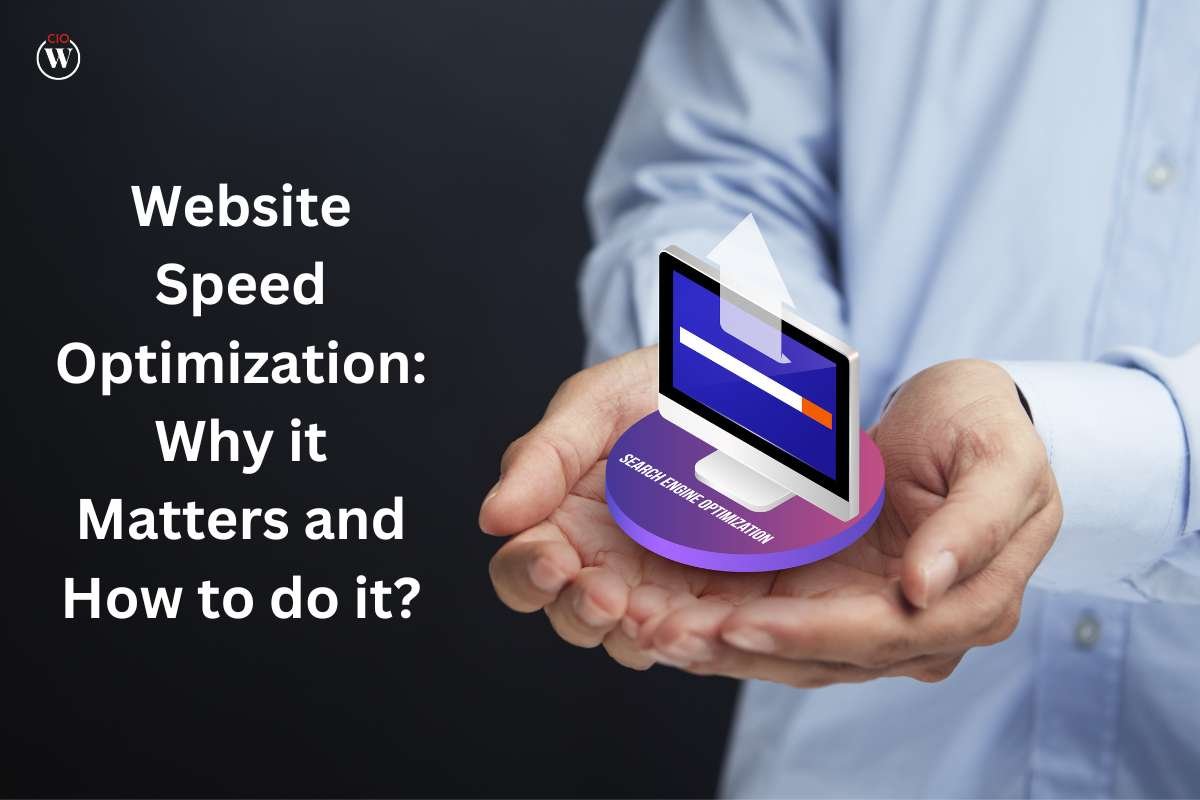A website speed should be ideal for the users to interact with the brand. An ideal website speed is 3 to 4 seconds maximum. If the website takes more time than that to open, users become disinterested and may bounce from the landing page. The time that a user spends on a page is important to the brand as it shows the interest of the people on the website.
Website speed optimization is needed for all brands in order to gain good traffic to the website. Brands need proper strategies and digital forecasts in place in order to get an ideal speed for the website. The higher the website speed, the higher the audience engagement, resulting in increased awareness of the brand. Exactly that brings revenue to the website.
Many business owners or startup founders overlook website speed optimization, as they are preoccupied with a whole lot of things. In this article, we are here to explain the website optimization importance and how to do it. Read on:
Website Speed Optimization: Why it Matters and How to Do It
The Significance of Website Speed Optimization
Website speed optimization is not merely a technicality; it’s a fundamental aspect of your online presence. Here’s why it matters:
- User Experience:

The speed at which your website loads directly impacts user experience. Visitors expect quick access to information, and a slow-loading site can deter them from staying and exploring. Lesser speed intrigues impatience in the visitor and the bounce rate of the website increases.
- First Impressions:
Your website is often the first point of contact between your brand and potential customers. A slow website can create a negative first impression, potentially driving visitors away.
- Search Engine Rankings:
Search engines, such as Google, consider website speed as a ranking factor. Faster-loading websites tend to rank higher in search results, increasing visibility and organic traffic. For ranking purposes, the speed should be ideal.

Unlock the Secrets to Skyrocket Your Website’s Visibility! Learn Proven Strategies and Best Practices to Optimize Your Website for Search Engines and Drive More Organic Traffic. Don’t Miss Out – Start Optimizing Today!
- Reduced Bounce Rates:
Slow-loading websites often have higher bounce rates, as users impatiently navigate away from them. Optimized websites keep visitors engaged and reduce bounce rates.
- Conversion Rates:
Website speed can significantly impact conversion rates. Faster sites lead to higher conversion rates, ultimately boosting your online revenue.
The Importance of Ideal Website Speed
Now that we understand why website speed optimization is significant, let’s explore the concept of ideal website speed:
- Page Load Time:

Ideal website speed varies, but a general guideline is to aim for a page load time of around 2-3 seconds or less. Any longer, and you risk losing user engagement.
- Mobile Optimization:
With the increasing use of mobile devices, optimizing your website for mobile loading speed is paramount. Mobile users expect the same level of speed as desktop users.
- Global Accessibility:
Ideal website speed should be consistent globally. Users from different regions should experience similar loading times.
- Avoiding Frustration:
An ideal website speed ensures that visitors do not experience frustration or impatience while navigating your site. A fast, responsive website keeps users engaged.
Implementing Website Speed Optimization
Now that we’ve established the importance of website speed optimization and the concept of ideal website speed, let’s explore how to implement these optimizations:
1. Compress Images
Large images can significantly slow down your website. Use image compression tools to reduce file sizes without compromising quality.
2. Minimize HTTP Requests
Each file, such as images, scripts, and stylesheets, requires an HTTP request to load. Minimize these requests by combining files and using efficient coding practices.
3. Leverage Browser Caching
Browser caching allows visitors to store certain website elements locally, reducing the need to download them with each visit. Implement browser caching for static resources.
4. Content Delivery Network (CDN)
A CDN distributes your website’s content across multiple servers worldwide, reducing server response times and improving loading speed for users in various regions.
5. Optimize Code

Minimize unnecessary code and use efficient coding practices to reduce page size and improve load times.
6. Enable GZIP Compression
GZIP compression reduces the size of files sent from your server to users’ browsers, resulting in faster loading times.
7. Reduce Server Response Time
Optimize your server’s performance and reduce server response times by investing in reliable hosting and optimizing database queries. Reducing this time helps to reach the landing page fast, and reduces the bounce rate.
8. Eliminate Render-Blocking JavaScript and CSS
Render-blocking resources can delay the loading of critical content. Use asynchronous loading or move non-essential scripts to the bottom of the page.
9. Mobile Optimization
Prioritize mobile optimization by implementing responsive design, optimizing images for mobile, and ensuring fast loading times on mobile devices. The majority of the users are mobile users who browse through the website.
10. Regular Testing
Continuously monitor your website’s speed using tools like Google PageSpeed Insights or GTmetrix. Regular testing helps identify and address performance issues promptly.
Conclusion
Website speed optimization is a critical component of your online presence, affecting user experience, search engine rankings, and conversion rates. Striving for ideal website speed, with a load time of 2-3 seconds or less, is essential to meet user expectations and keep them engaged. By implementing various optimizations, such as image compression, minimizing HTTP requests, leveraging browser caching, and optimizing code, you can enhance your website’s speed and provide a seamless experience for your audience.
Remember that website speed optimization is an ongoing process, requiring regular testing and updates to maintain optimal performance. So, invest in optimizing your website’s speed, and you’ll reap the rewards of improved user satisfaction and increased online success. A talented and experienced website developer will resolve all such technical issues and help with the smooth functioning of the website.









